Belize praised for 'visionary' steps to save coral reef
- Published
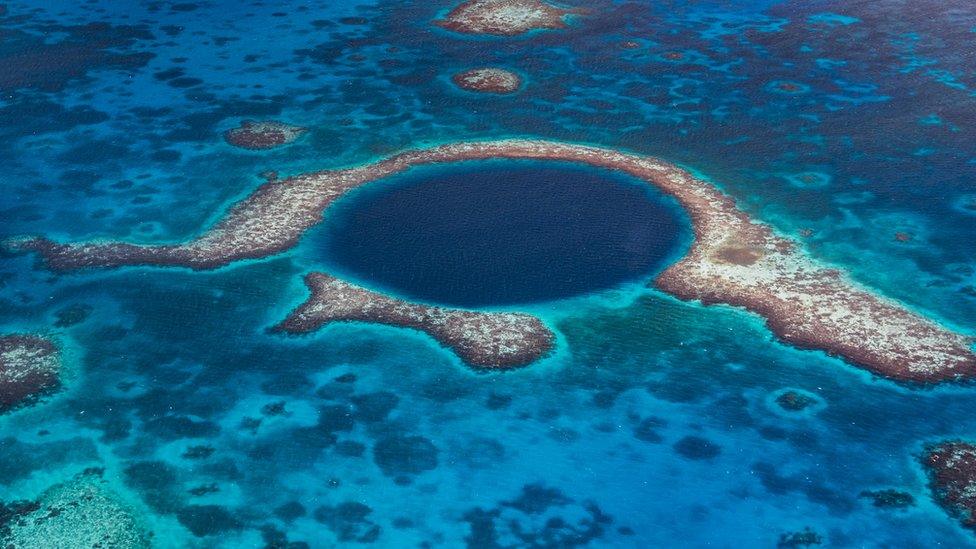
The reef's Great Blue Hole is popular with divers
World heritage body Unesco has removed the Belize Barrier Reef from its list of endangered World Heritage Sites after nine years.
It said the government of the Central American country had taken "visionary" steps to preserve it.
The reef is the second largest in the world after Australia's Great Barrier Reef.
It is home to many threatened species including marine turtles, manatees and the American marine crocodile.
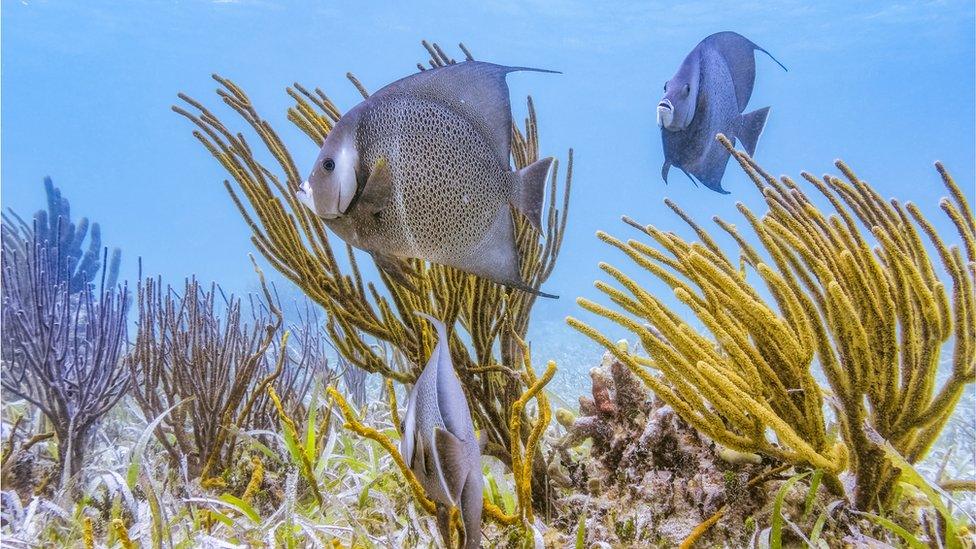
The reef is home to a rich variety of tropical fish
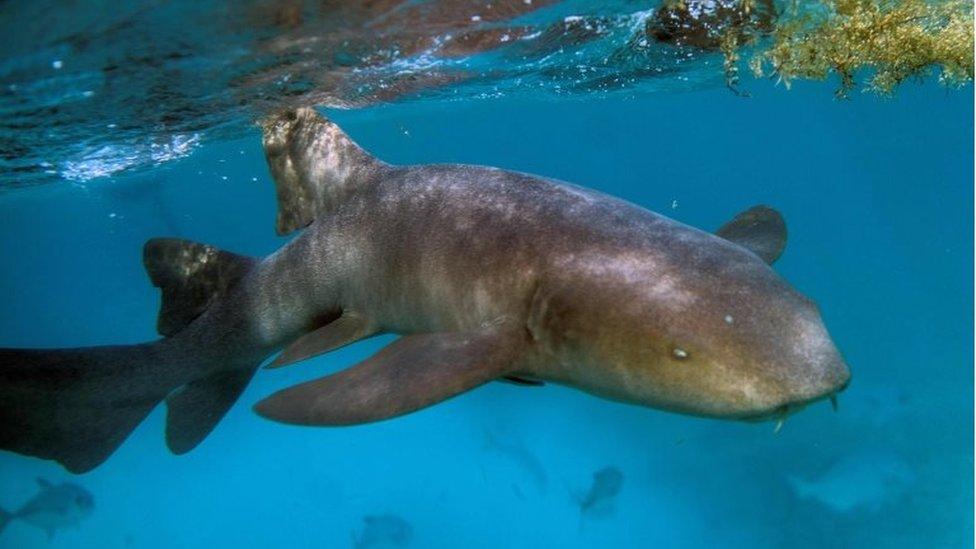
Nurse sharks are also common
Unesco added the reef to its list of world heritage sites in 1996 but said it was in danger in 2009 following plans by the Belize government to allow oil exploration in nearby waters.
Unesco urged Belize to put safeguards in place to protect what Charles Darwin described as "the most remarkable reef in the West Indies".
Environmentalists organised an informal referendum in 2012 in which 96% of those who took part voted against offshore oil activity.
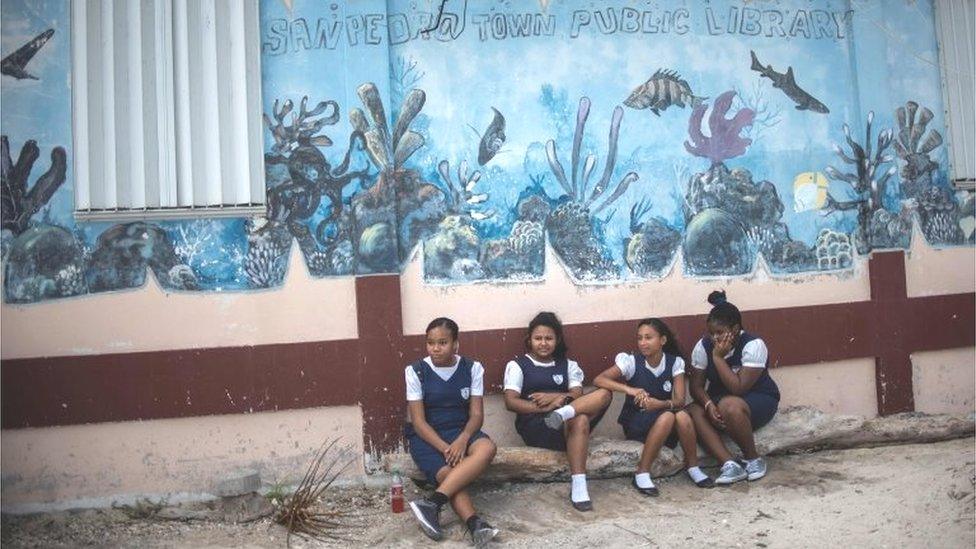
Belizeans have made marine conservation one of their priorities
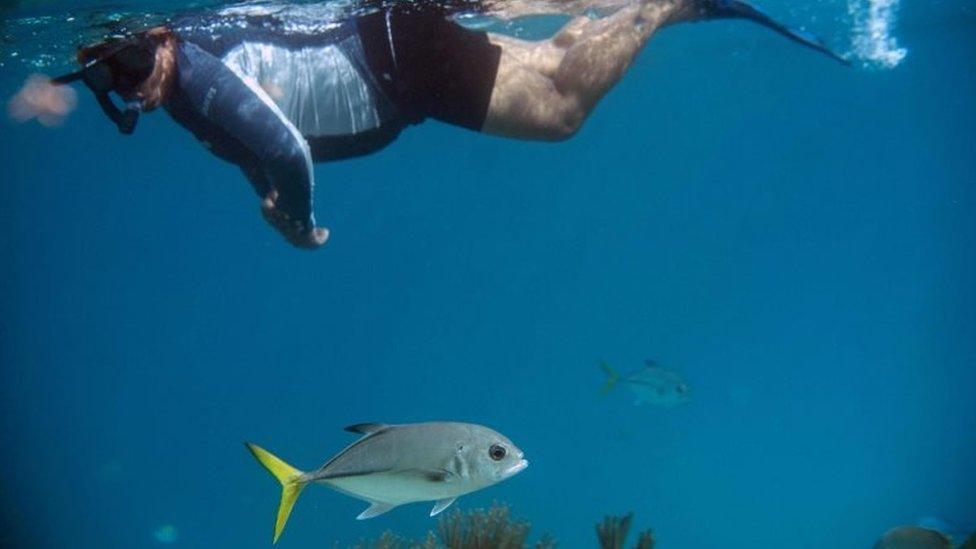
The marine life is a big draw for tourists, especially snorkelers
In December 2017, lawmakers passed a landmark moratorium on oil exploration in Belizean waters, which makes it one of only a handful of countries in the world with such legislation.
At its meeting in Bahrain on Monday, Unesco praised Belize's "visionary plan to manage the coastline", saying that "the level of conservation we hoped for has been achieved".
The decision comes just under a year after Unesco opted not to place the Great Barrier Reef on its "in danger" list, arguing that Australia had taken action to preserve it.
- Published26 January 2018
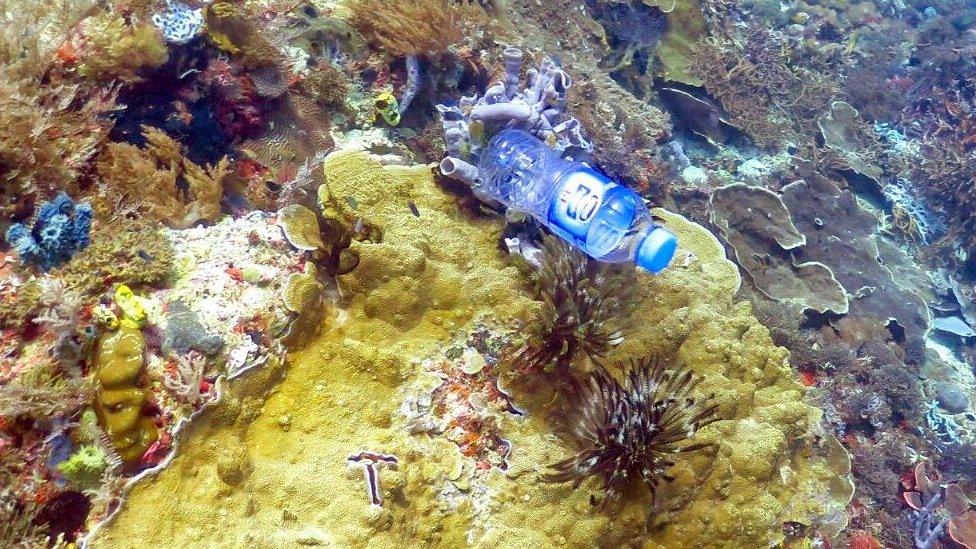
- Published6 July 2017
